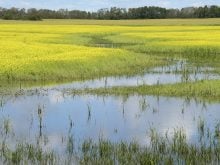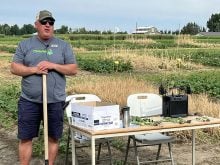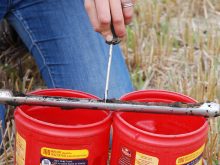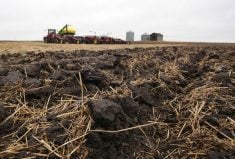University of Guelph project educates the public about the latest advancements scientists are making in soil research
The agricultural scientists who work at North Dakota State University almost always answer their phone. They even answer if it’s a journalist calling from Canada, or a farmer from another state.
That’s because NDSU is a land grant university, and scientists at the university are required to do extension — that is, share their research with the public.
“Agricultural extension brings agricultural research findings to the people who can put them into practice,” says a U.S. government document on the role of the land grant colleges and universities across America. “In statute, extension includes sharing knowledge about agriculture, home economics, rural energy (and other topics).”
Read Also
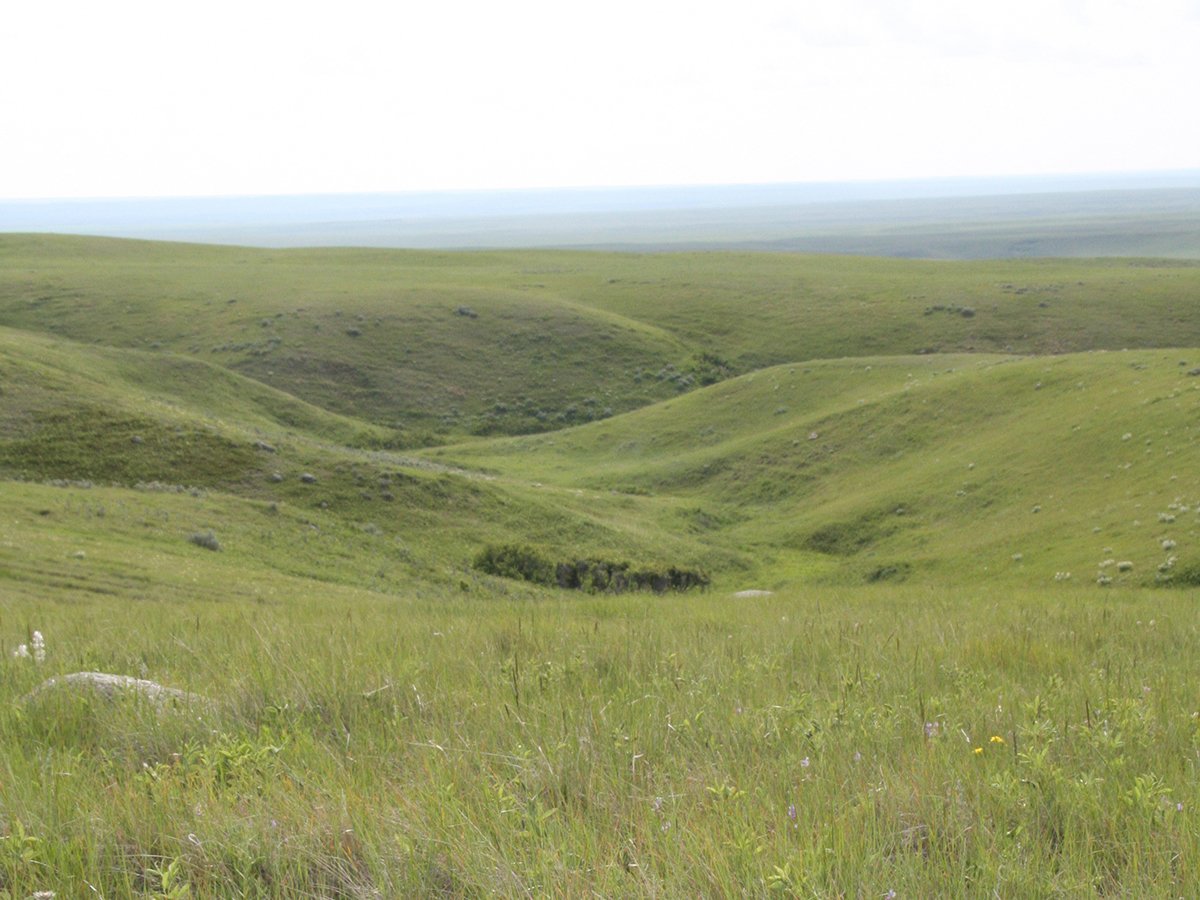
Alberta irrigation project on grasslands approved
Environmental concerns raised by Alberta conservation groups over irrigation expansion project within rural municipality
It’s not the same at agricultural universities in Canada.
Professors spend most of their time on teaching and research.
“As faculty here, we don’t have an extension component of our jobs like they do in the U.S. No one in the dean’s office is telling you, ‘go out and do your extension time,’ ” said Kari Dunfield, a University of Guelph soil scientist and Canada Research Chair in Environmental Microbiology of Agro-ecosystems.
Many university scientists in Canada do attend public meetings, speak at farm conferences and talk to the media about their research.
But some don’t.
In those cases, the knowledge transfer from scientist to the public doesn’t happen, or it happens extremely slowly.
“There (can be a) disconnect between what we do as a researcher and getting that information out to farmers,” said Dunfield, who earned her PhD at the University of Saskatchewan.
“We want our work to be relevant to (farmers and the public), otherwise it’s a waste of time.”
In 2018 soil scientists at the U of G started a project to fix that disconnect after a group of private donors contributed $500,000 to the university to mark World Soil Day.
“They (the donors) were looking for outreach, mostly, communicating to farmers and the public about how important soils are,” Dunfield said.
“If you ask them what they wanted, it was like, ‘we want to save Ontario’s topsoil.’ ”
Dunfield and other researchers used that funding to launch Soils At Guelph with the mandate of building connections between soil scientists and the public.
“(It) is an effort to increase awareness of research initiatives, facilitate collaboration and knowledge exchange among stakeholders, and to educate on the importance of soil health,” says the Soils At Guelph website at soilsatguelph.ca/.
Dunfield and the other leaders of the project, Laura Van Eerd and Claudia Wagner-Riddle, hired a full-time employee to do extension and outreach. Over the last four to five years, they have produced podcasts, webinars, fact sheets and videos and used other tools to share U of G research with a broader audience.
The latest and most relevant soil research is posted on the Soils At Guelph website so producers can easily find information on topics such as reduced tillage, cover crops and crop rotation and their impact on soil health.
Soils At Guelph has also partnered with multiple groups, such as the Ontario Soil Network and the Ontario Cover Crop Committee, to spread the word about soils and soil health.
The emphasis on extension is much different from the previous approach at the U of G. Previously, soil scientists spoke at farm meetings and public events when they had the time.
“There was a lot of great soils research coming out of the university … (but) it had been really ad-hoc — people giving talks,” said Dunfield, who believes Soils At Guelph has made a difference.
About 10 years ago, Dunfield would attend a farm meeting and speak about her speciality, the bacteria, fungi and micro-organisms that are critical for soil health.
The response was mostly crickets.
“I’m a microbiologist.… I used to be up there (on stage) saying the microbes are important to your soil, and no one cared,” she said.
“(Now) farmers are really paying attention to their (soil) biology.… That has been a massive shift.”
Farmers may know more about soil bacteria, cover crops and soil health than they did a few years ago, but the typical Canadian, drinking coffee at a Tim Horton’s or buying a bag of flour at Loblaw’s, may not understand why healthy soil is critical for producing coffee beans in South America or growing durum in Western Canada.
Educating the public will take more time, but the awareness is building.
“You see the McDonald’s commercials talking about soil health. And you see General Mills talking about its soil health (programs)…. It’s starting to trickle down,” Dunfield said.
“I think it’s definitely coming.”







